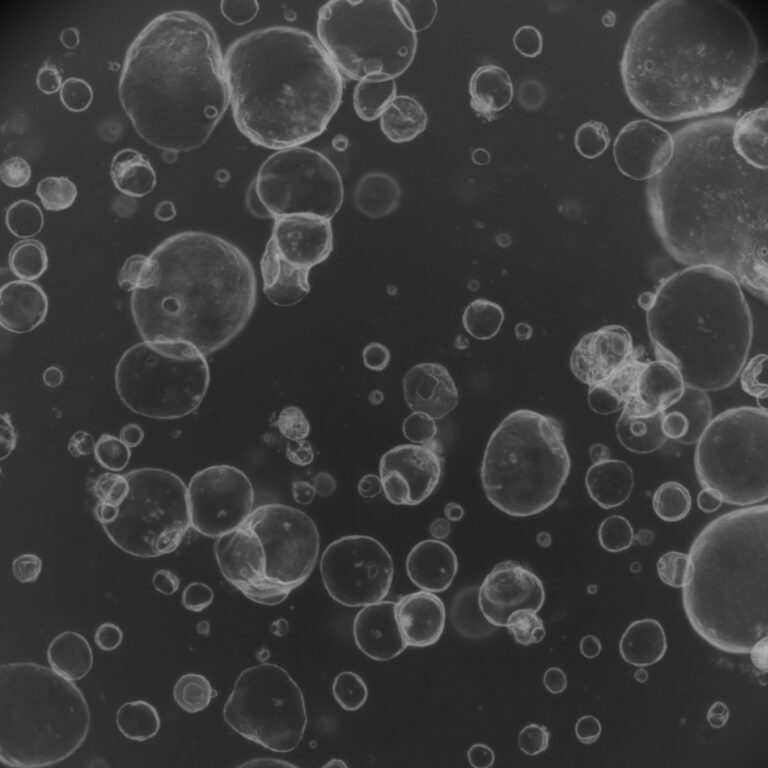Organ-on-chip (OOC) systems are transforming tissue engineering by creating dynamic models of tissue structure and function using human cells, simulating organ-level activities and disease conditions. However, the nonbiological components in OOC devices often hinder the replication of in vivo tissue interactions and development. To address this, researchers developed a kidney glomerulus-on-a-chip that mimics glomerular development and filtration function using a biomimetic ultrathin membrane and human-induced pluripotent stem cells. This chip features a close epithelial-endothelial tissue interface, accurately replicating the selective molecular filtration function seen in healthy and diseased kidneys. Moreover, the device successfully induced fenestrated endothelium from human pluripotent stem cells through in vivo-like paracrine signaling. This innovative platform offers a valuable tool for studying human kidney development, function, and disease mechanisms, and for advancing stem cell research and organ physiology.
Keywords: kidney, morphogenesis, organ-on-chip



